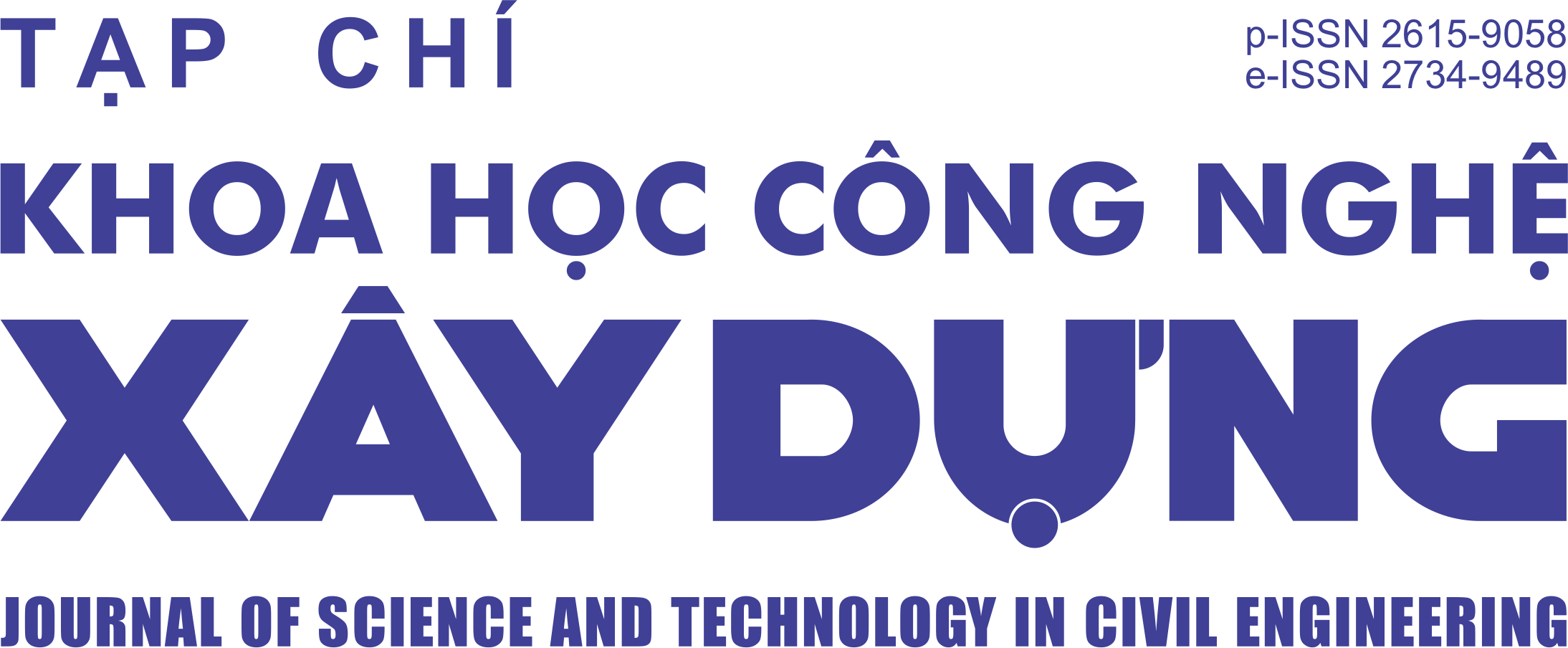Sand spit morphological evolution at tidal inlets by using satellite images analysis: Two case studies in Vietnam
Abstract
This paper presents the long-term morphological changes of the sand spits at the Ken Inlet in Ha Tinh Province and Phan Inlet in Binh Thuan Province, Vietnam. The analysis results show that the sand spit morphology at Ken Inlet was drastically changed before the completion of the Da Bac sluice gate construction in 1992, after that the sand spit elongation rate became stable at a rate of about 68 meters per year. Meanwhile, the sand spit at Phan Inlet was breached three times during the winter months of 1990-1991, 1998-1999 and 2014-2015. Moreover, the results of remote sensing image analysis also show that after the sand spit have been breached, it continued elongating at a relatively stable rate of 170÷200 meters per year. Based on the analytical model by Kraus (1999) for predicting the sand spit elongation, the estimated long-shore sediment transport rates of Phan Inlet and Ken Inlet are 145,000 m3/year and 133,500 m3/year, respectively. These longshore sediment transport rates are a main contribution for the sand spit elongation in these study areas.
Keywords:
sand spits; tidal Inlet; breaching; elongation; Landsat images; Google Earth images.
Downloads
Copyright (c) 2020 National University of Civil Engineering

This work is licensed under a Creative Commons Attribution-NonCommercial-NoDerivatives 4.0 International License.
1. The Author assigns all copyright in and to the article (the Work) to the Journal of Science and Technology in Civil Engineering (JSTCE) – Hanoi University of Civil Engineering (HUCE), including the right to publish, republish, transmit, sell and distribute the Work in whole or in part in electronic and print editions of the Journal, in all media of expression now known or later developed.
2. By this assignment of copyright to the JSTCE, reproduction, posting, transmission, distribution or other use of the Work in whole or in part in any medium by the Author requires a full citation to the Journal, suitable in form and content as follows: title of article, authors’ names, journal title, volume, issue, year, copyright owner as specified in the Journal, DOI number. Links to the final article published on the website of the Journal are encouraged.
3. The Author and the company/employer agree that any and all copies of the final published version of the Work or any part thereof distributed or posted by them in print or electronic format as permitted herein will include the notice of copyright as stipulated in the Journal and a full citation to the Journal as published on the website.







